Did SpaceX quietly introduce an upgraded reusable fairing? Is Mr. Steven now obsolete?
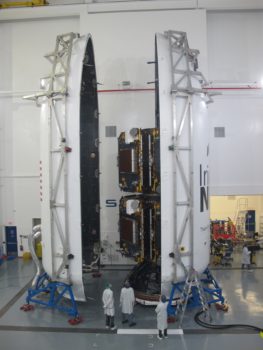
Satellites being encapsulated inside the Falcon 9’s fairing prior to the Iridium-4 launch (Credit: Iridium)
Falcon Heavy launched on the Arabsat 6A mission and afterwards, both halves of the fairing were recovered. And even though they landed in the water, Elon Musk said they were undamaged and would be reused this year. It would be the first reuse of fairings ever. Why is it possible to reuse fairings that came into contact with sea water when it wasn’t possible before? One possible explanation is that the fairings are of a new, upgraded type. And if it is possible to reuse fairings fished out of the water, will SpaceX even have any use for Mr. Steven and her net?
A fairing is a two-piece protective shell made of aluminum and carbon composite at the tip of the Falcon 9 and Falcon Heavy rockets. Its purpose is to protect the payload from acoustic and atmospheric effects during launch. Due to the materials used and its size, fairings are very costly to make (2 or 3 million dollars per fairing half). So it’s not surprising that SpaceX would like to recover the fairings after each launch in order to use them repeatedly, just like it does with Falcon 9 and Falcon Heavy boosters.
SpaceX has been working on fairing recovery for a few years now. The project was first mentioned by Elon Musk in 2015 and first evidence of actual progress came in 2016 during the SES-9 launch when fairings were seen using nitrogen thrusters after separating from the rocket. The first successful landing of the fairing in water using a parachute during the SES-10 mission in March 2017 filled Elon Musk with optimism – he declared that the first fairing reuse would be accomplished by the end of the year. Two years have passed since, and so far no fairing has flown more than once. For over a year now, SpaceX has also been using a special ship named Mr. Steven equipped with a net to catch the descending fairings, but none of the attempts have been successful yet. SpaceX was also struggling with the parachutes getting tangled. Then in February 2019, Mr. Steven was damaged and so far hasn’t been fixed. So it seemed that fairing recovery would be put on hold for a while.
(For much more information about SpaceX’s fairing recovery project, check out our Fairing Recovery Compendium.)
But then came Falcon Heavy that launched the Arabsat 6A satellite on April 11, 2019. Since Mr. Steven was still net-less at that point, it was assumed fairing recovery would not be happening on this launch. However, two SpaceX ships were dispatched, and although they are not equipped with a net, they were able to at least pull the fairings out of the water after they landed using parachutes. Subsequently, Elon Musk shared photos of the recovered fairings on Twitter and said that they were not damaged and would be reused later this year. When asked if these would be the very first reused fairings, he answered “Yes“.
Specifically, the fairings will fly for the second time on a Falcon 9 carrying satellites for SpaceX’s Starlink constellation. One such mission is currently planned for May, but it’s probably only one of several planned for this year, so Musk might have been talking about one of the later ones. The fact that the first fairing reuse will take place on an internal SpaceX mission is not surprising. A reused fairing may pose an increased risk (for example, the fairing separation could fail), so it is probably better to not expose a paying customer to this yet unquantified risk.
Musk’s tweet also probably means that the fairings from last year’s SSO-A mission, which were also pulled out of the water, will not fly again, even though Musk said back then that they might have been reused. So the question now is, why wasn’t it possible to reuse the SSO-A fairings but the ones from the Arabsat launch will be used again? One possible explanation is that the more recently used fairings are of a new, upgraded type. The fairing flown on the Arabsat 6A mission was a little different from the ones used on the majority of last year’s launches – there was thermal protection on the tip. We could see this protection used previously on the GPSIII-SV01 and Nusantara Satu missions, but on those two missions, SpaceX wasn’t able to recover the fairings for various reasons, and so they couldn’t be reused. Thus, the fished out fairings from the Arabsat 6A mission are actually the first recovered set of fairings of this new type.
Now let’s take a step back and look at the history of SpaceX fairings. The company has used at least two different fairing versions. The old type was not optimized for landing and reuse, so SpaceX developed an upgraded “fairing 2.0” which was used for the first time in February 2018 on the Paz mission. According to Elon Musk, fairing 2.0 has a slightly larger diameter and includes various improvements, primarily for reusability (for example, unlike the old type, both halves of fairing 2.0 are equipped with landing hardware). However, SpaceX still had several fairings of the old type in stock, so they were used along with the new type. Most recently, the old fairing flew on the Iridium-8 mission in January 2019.
As I mentioned earlier, on last year’s GPSIII-SV01 mission, a new fairing type was used for the first time and it was different from the two previous versions – there was thermal protection on the tip. At that point, it wasn’t clear whether it was a one-time change needed only for the GPS mission, or some permanent fairing upgrade that would be used on all future missions. Now a few months have passed and the new thermal protection was used on all of the missions that followed so far, with the exception of Iridium-8, which had the very old type of fairing, as I mentioned above. That suggests all new fairings will likely have the added thermal protection.
However, it is unclear whether these fairings with a dark tip are actually just fairings 2.0 with the only difference being the added thermal protection, or if it is a brand new type of fairing that could even have some other improvements. If it’s a new type (let’s call it fairing 3.0), it could explain why the Arabsat fairing can be reused after landing in water, even though this was not possible with any of the many previous fairings that SpaceX recovered in a similar manner over the past year.
The fairing 3.0 theory is supported by last year’s statement from the CEO of a Belgian company Recticel. This company produces acoustic tiles made of some kind of rubber foam, which are then used by SpaceX in their fairings. They line the inside of the fairing and protect the payload from vibration and noise during launch. The company’s CEO Olivier Chapelle said that Recticel is developing a new type of hydrophobic tile for SpaceX. And since the report came out several months after fairing 2.0 started being used, those water-repelling tiles had to have been designed for some future version of the fairing.
It is therefore possible that in addition to the thermal protection on the tip, the fairing 3.0 ais also equipped with hydrophobic acoustic tiles (and potentially other enhancements we don’t know about yet). As a result, the fairing could be more resistant to the otherwise very harmful sea water. That might explain why Elon Musk is so confident that the Arabsat fairings can be reused, even though they may not have gone through a thorough inspection yet. However, I should make it clear that fairing 3.0 is just my theory.
Another question is, what does the reuse of fairings that landed in water mean for Mr. Steven? Some people take Musk’s announcement of reusing the Arabsat fairings to mean that SpaceX is giving up on the efforts to catch fairings in a net. The argument goes, there is no need to bother with a net since it is now possible to reuse fairings even after they landed in water. Personally, I do not agree with this conclusion, because it does not take several important things into account:
- Even if the fairings can be reused after landing in water, there is still a risk that the fairing will get damaged during landing, while waiting to be recovered, or while being pulled out of the water. Mr. Steven’s net doesn’t have this problem.
- Compared to a fairing that landed in a net, it is quite possible that the refurbishment process for a fairing that landed in water would be more difficult and expensive. Additional cleaning, repairs or even replacement of some parts may be required.
- Whether the fairing lands in a net or in water, a ship still needs to be present. Therefore, landing in water will not save SpaceX money and there is no reason for the ship that’s there anyway, to not try to also catch the fairing in a net.
For these reasons, I think landing in a net (or some other type of dry recovery) is still a better option, so SpaceX will continue to try to make it work and keep utilizing Mr. Steven. However, it is definitely good news that even when the fairing misses the net and lands in the water next to the ship, SpaceX can still potentially reuse the fairing so long as it doesn’t get damaged.
For much more detailed information about Mr. Steven and SpaceX’s fairing recovery project, check out our Fairing Recovery Compendium.



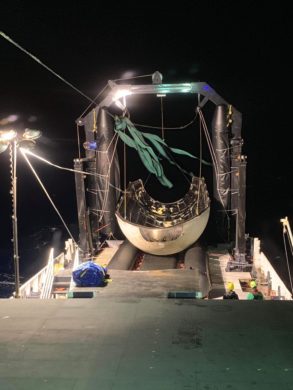
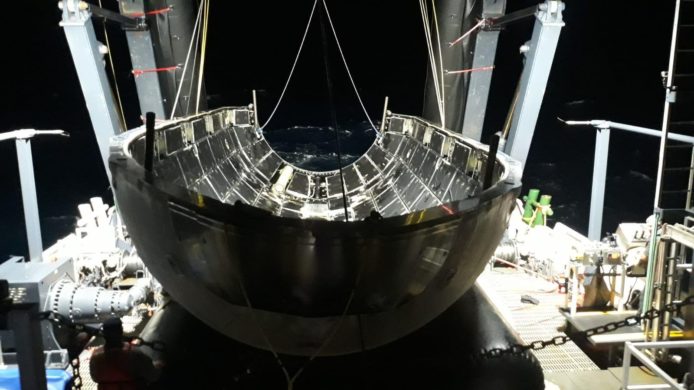
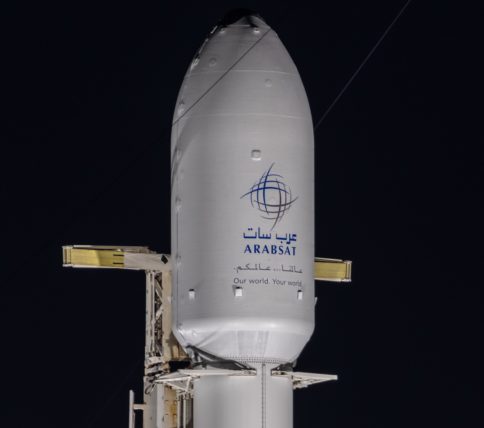
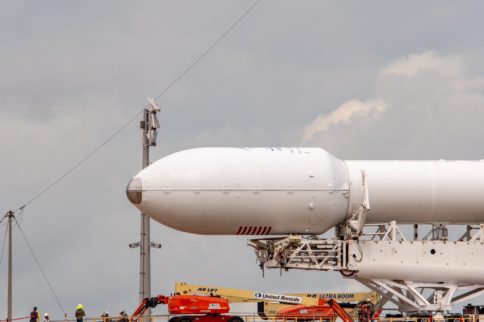
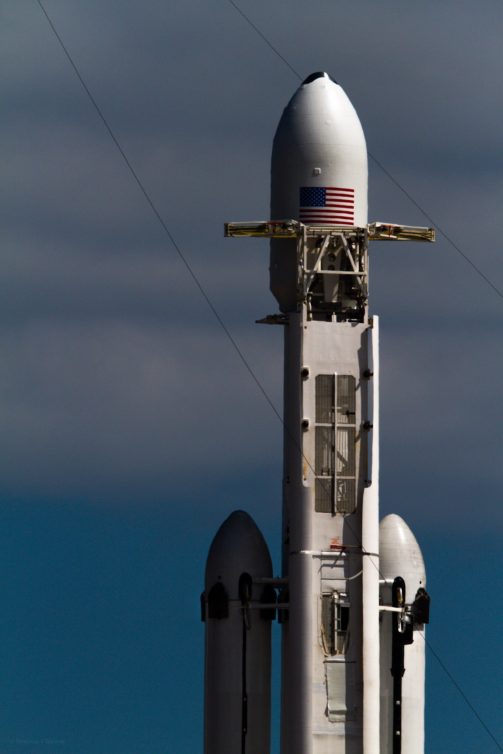
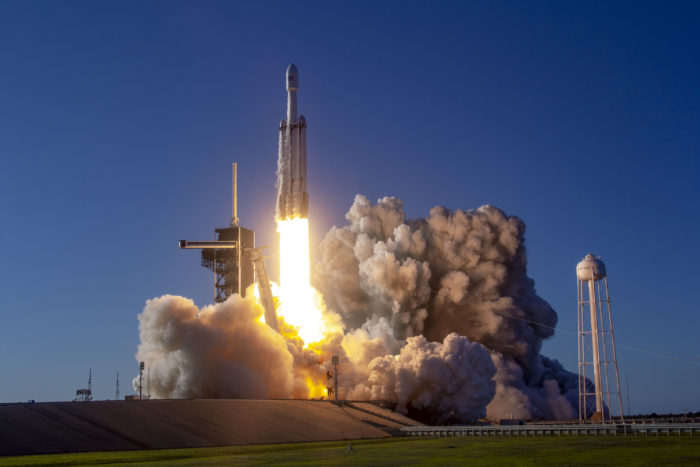
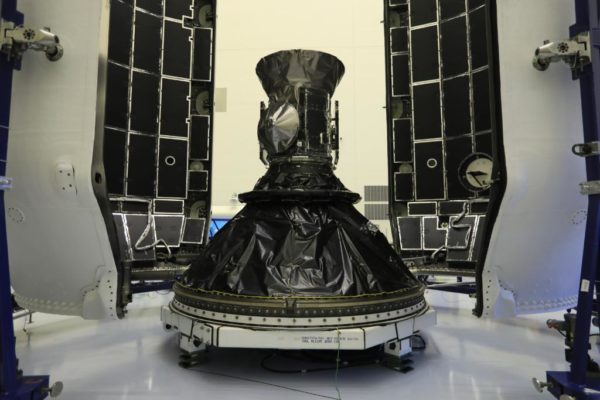


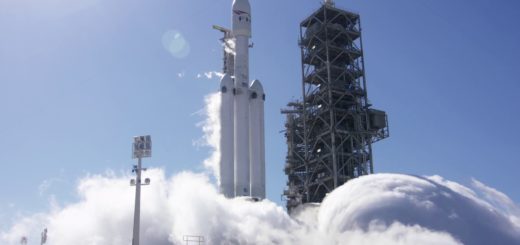
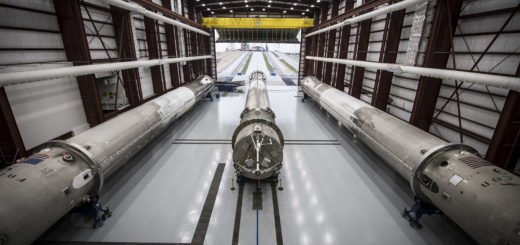
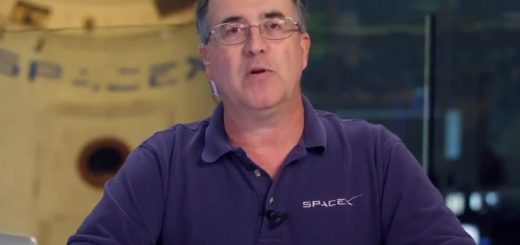
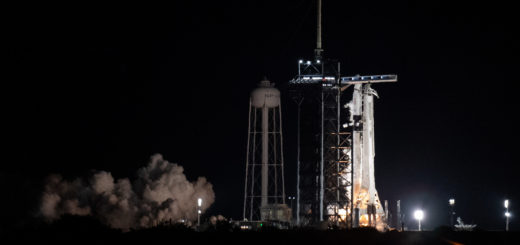
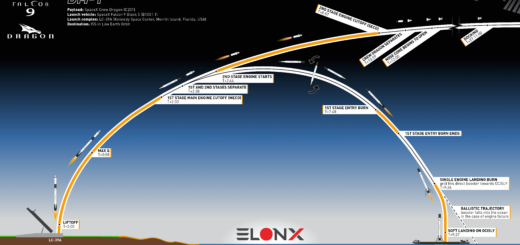
Also note that the seas are not always calm. In rough seas a water landed fairing would take a pounding, whereas the net is always nice and soft.
I don’t think you can catch a faring half in rough seas!
Well, it’s not gonna be easy, that’s for sure! 🙂
Looks like they CAN do it!
Agreed!